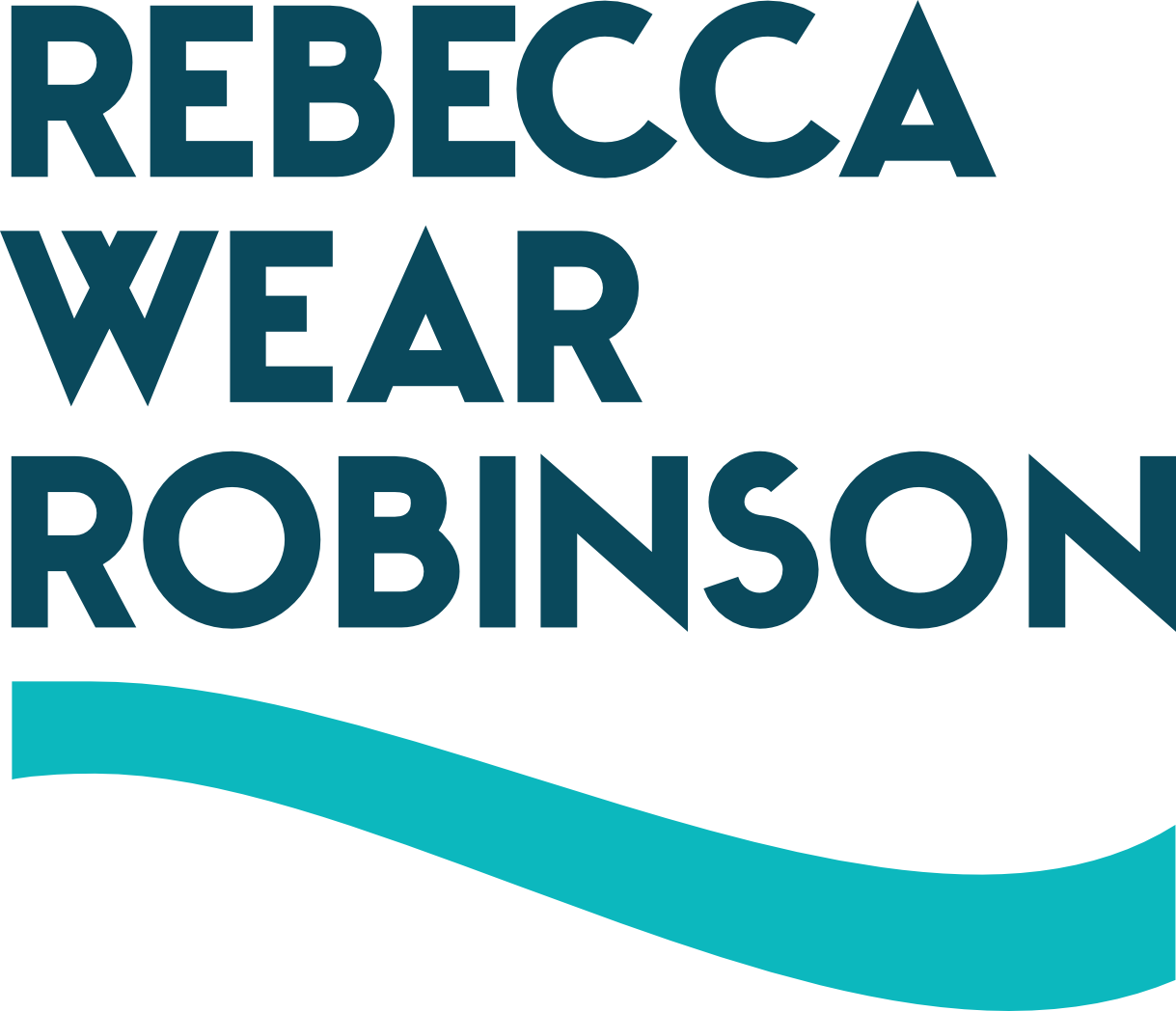3 Business Techniques All Activists Should Use
Why we should use what works in business - in a different way.
The techniques I learned in business school are, without question, some of the most effective techniques in creating social change. This includes what I’ve learned over decades of pure activism and a second master’s in organizational and social psychology.
We are quick to throw the baby out with the bathwater. Business and capitalism are the enemies of change, and all the associated techniques are dangerous, if not downright evil. Sounds inspiring, but it’s misleading.
It’s the intent with which techniques are used that are the danger, not the technique.
The 3 business techniques that all activists should use are:
Marketing
Supply and Demand
Economies of Scale
Marketing
The definition of marketing is “activities a company undertakes to promote buying or selling of a product or service”. Very dry. Intentionally dry. All the better to hide the power. “Activities” includes engaging emotions to influence attitudes and behaviors. It includes full-scale communication campaigns. It includes identifying target audiences and influencers.
Marketing done with positive social good intent includes ‘Don’t Drink and Drive’, ‘Don’t Mess with Texas’ littering campaign, Smokey the Bear “Only you can prevent forest fires.” Marketing done with intent to harm includes the tobacco industry, Sackler family’s opiate binge, and, now, Shell Oil paying influencers to push fossil fuels to the younger generation.
Supply and Demand
"Supply is the amount of a specific good or service that’s available in the market. Demand is the amount of that good or service that customers want to buy. Supply and demand are both influenced by the price of good and services.”
Supply and Demand principles applied with positive social good intent includes increasing the demand for solar power by supplying federal and state tax rebates and direct cash rebates (supply), and making the process easy and affordable for homeowners (demand). It is a robust marketing campaign that raises awareness about the importance of life jackets while boating (create demand), while installing life jacket loaner stations at all public boat docks (offer the supply).
Supply and Demand with negative intent includes offering ‘free’ drug samples through the doctor’s office (increase demand), then jacking up prices when insurance and the consumer require the drug consistently (control the supply). More benign, it’s the reason the Bugatti Veyron is $1.9 million while a Mitsubishi Mirage ES will cost you only $17,790. Scarcity (and really good marketing) creates incredible demand for the Bugatti while supplies are kept to a paltry 450 cars globally.
An often ignored corollary to supply and demand is the idea of scarcity. Think of the pandemic toilet paper panic. When our emotions are engaged with the idea of scarcity (no supply!), we feel an urgency to act (demand). Think Black Friday sales.
Economics of Scale
“Proportionate saving in costs gained by an increased level of production.”
Business is really, really good at economies of scale. Instead of small local businesses, it’s building huge factories near good transport hubs so that you can buy raw materials in bulk, get bulk shipping discounts, build one huge factory (giving you leverage with local authorities with taxes and regulations because of the prospect of jobs).
Not nearly enough is done with building economies of scale in the social change fields. Partnerships. Collaborations. Breaking down silos. It happens, but not to the level of efficient economies of scale that we see in business.
To be successful, don’t look at the outcome to judge the technique, look at the intent. If the intent is to cause harm, how successful is the technique? If it’s successful, time to repurpose it for social good.

